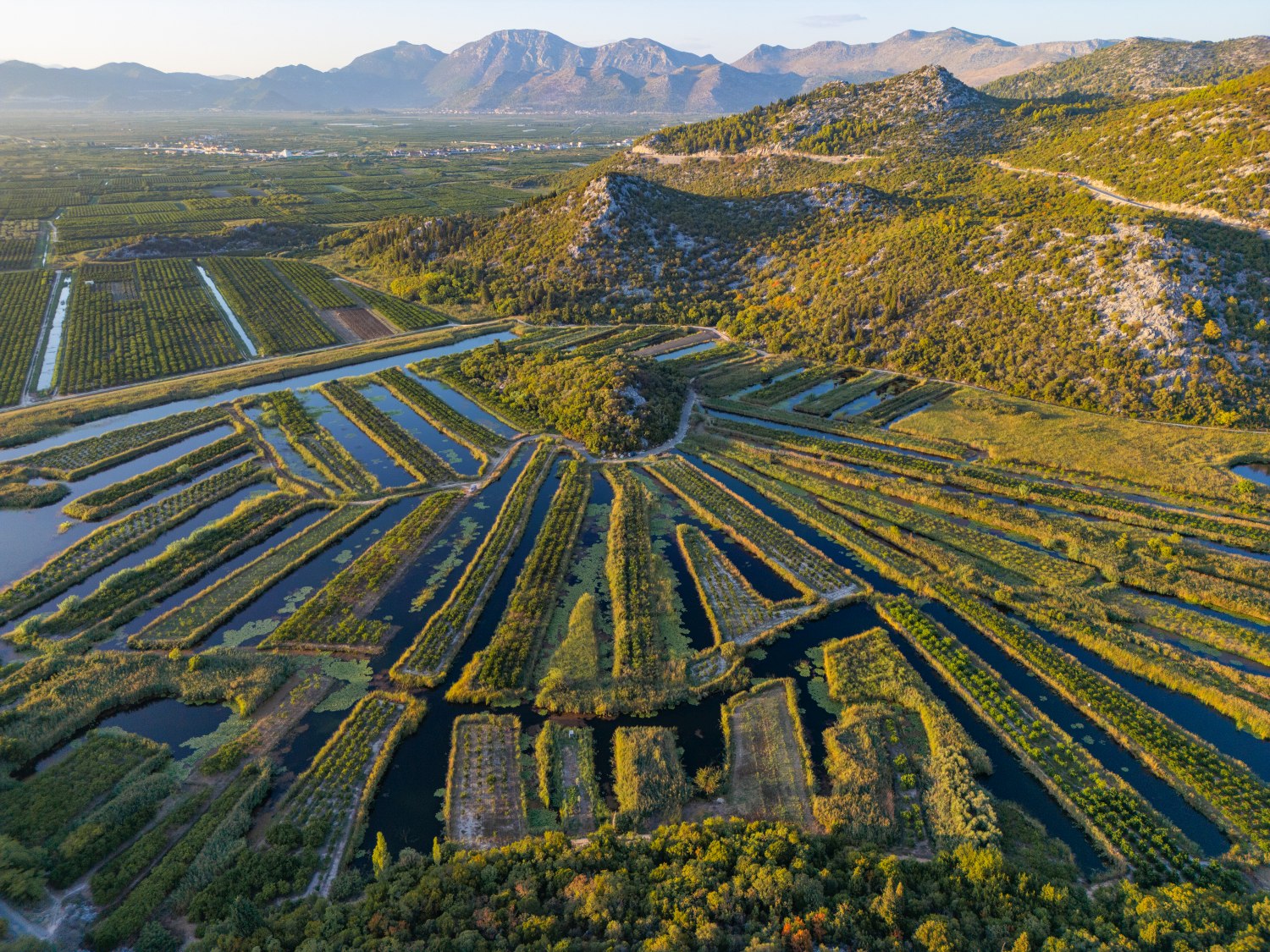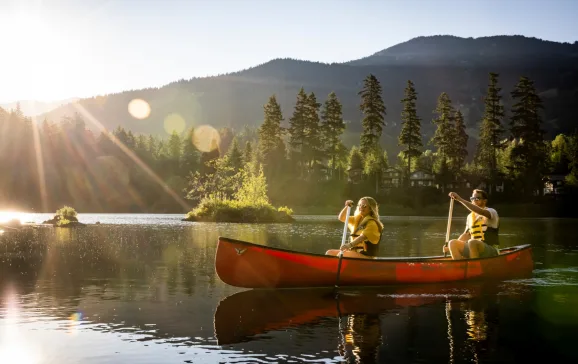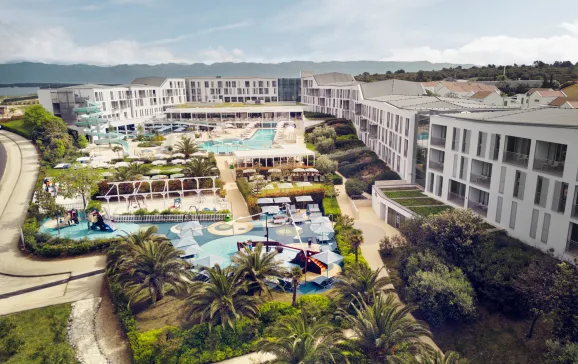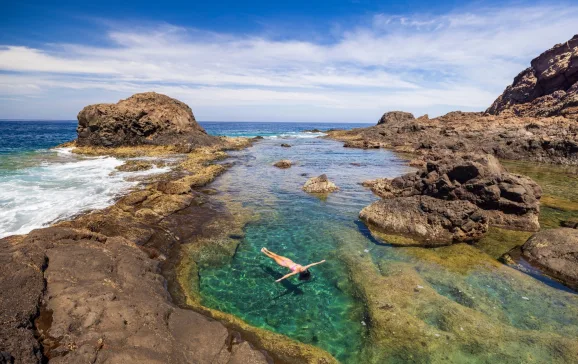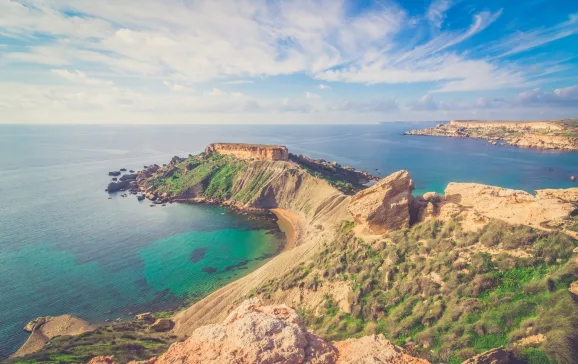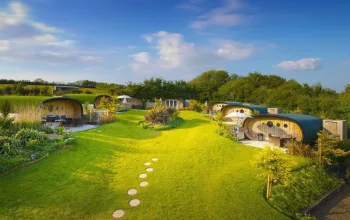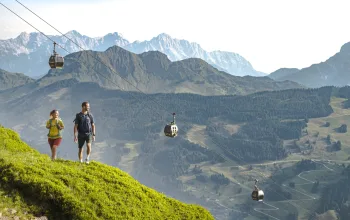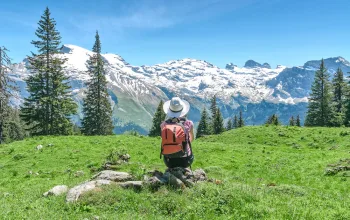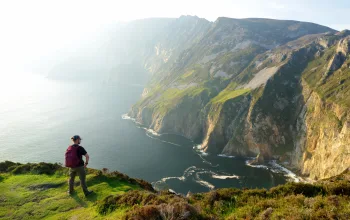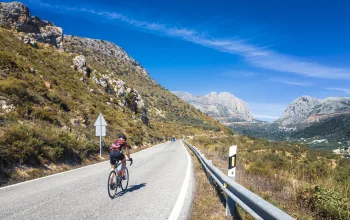Sponsored content
Croatia has grown in popularity as a travel destination because of its Mediterranean location, cultural heritage, mild climate, diverse landscape, and natural wonders. It also offers better value for money than many western European countries.
And one of the Croatian tourist gems is the region around the famous city of Dubrovnik, itself one of the most beautiful of European destinations. Dubrovnik is a unique medieval city surrounded by iconic city walls and recognised by UNESCO as a World Heritage Site. Add in the attractions of exploring Neretva County and the islands along this stretch of the Adriatic coast, known as the Dubrovnik Riviera, and you've got an irresistible recipe for discovery and adventure for international visitors.
Where is the Dubrovnik and Neretva County region?
Dubrovnik and Neretva County is Croatia's southernmost region, and consists of two main parts: the southern area, a long, thin length of coastline running between the borders of Montenegro and Bosnia and Herzegovina, including the city of Dubrovnik and surrounding areas, and the northern half, containing the Neretva Delta and more mountainous inland landscapes. The countryside is mainly agricultural and scenically stunning, with a backdrop of mountains descending steeply towards the coast before the terrain flattens out as it nears the sea.
This region embraces not only these mainland areas, but also several beautiful islands such as Mljet and Korčula and the Pelješac peninsula - virtually an island itself as it's joined to the coast by just a slim strip of land.
At the heart of the county is Dubrovnik, a city with a long and tumultuous history, which has been fought over by the Byzantine empire, Saracens, Croats, Normans, Venetians, the Austro-Hungarian state, the Roman-Germanic Empire, Ottoman, Hapsburg and Napoleonic empires, and, more recently, Daenerys Targaryen's dragons, as the city doubled as the fictional King's Landing in the TV series Games of Thrones!
Croatia's prime tourist season begins around April and ends around the beginning of October, and during that time there are excellent connections via flights from the UK to Dubrovnik airport as well as many other Croatian cities.
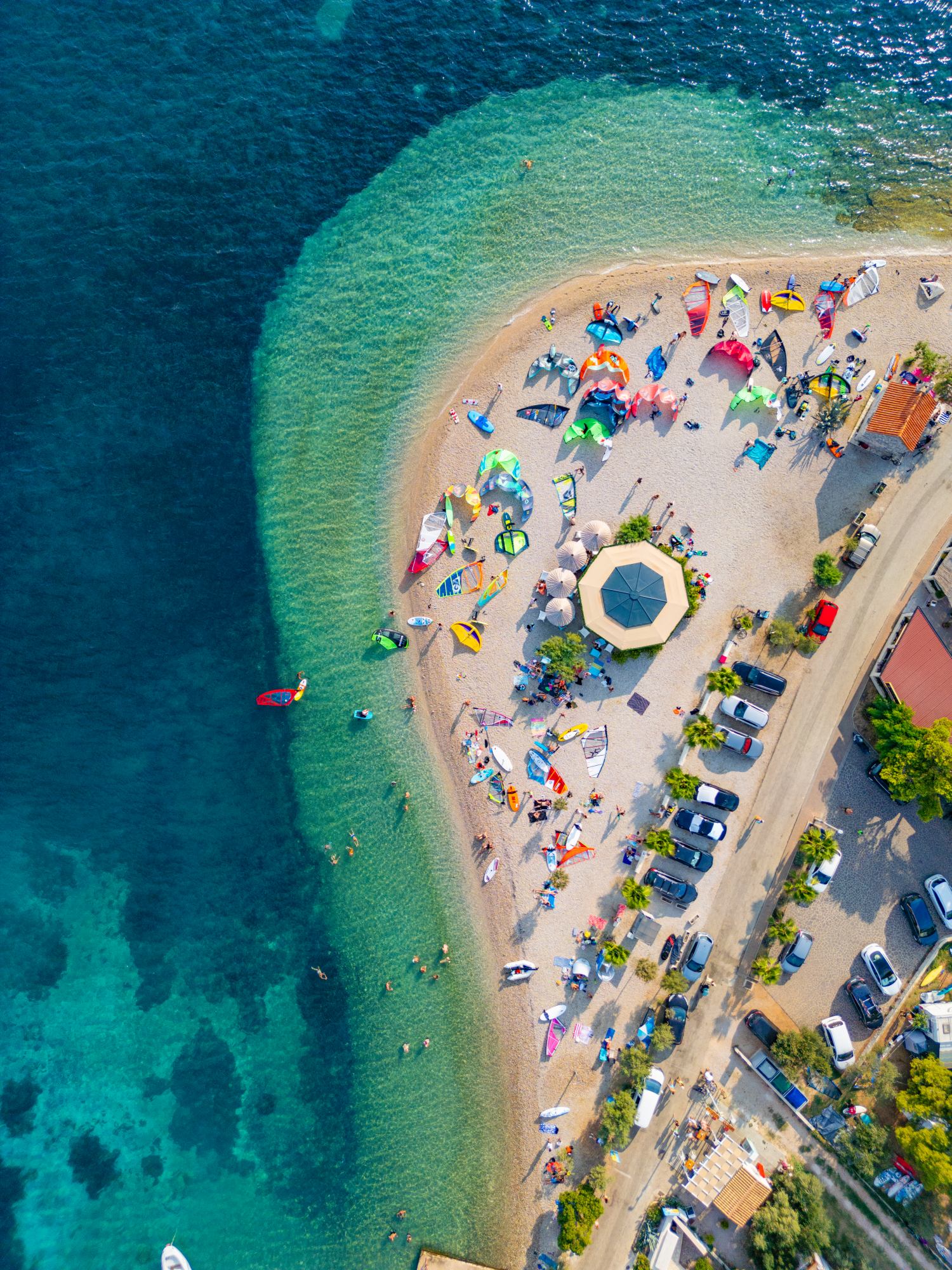
Highlights of Dubrovnik and Neretva County
The Dubrovnik region is well-known for its natural beauty, history and culture, as well as its mild climate. A visit to the Dubrovnik and Neretva County region offers wonderful opportunities for getting out beyond the city that gives the region its name, and explore the coastline and the islands of Mljet and Korčula. Indeed, Dubrovnik and Neretva County won five top categories in the recent 2024 Sunflower Rural Tourism Awards, including for active tourism experiences.
If you are looking for adrenalin-fuelled activities, you can try sailing, kitesurfing, diving or kayaking, while the red-roofed city of Dubrovnik has enchanted visitors for centuries, and a walking tour of Dubrovnik old town is a must-do of any day trip, as is the cable car ride up to Mount Srd, the mountain that rises up above the city.
There are also several sports competitions, such as the Marco Polo Challenge on Korčula (25-27 April 2025), and the Ston wall marathon in Ston (21 September 2025) - a hilly and scenic race, starting and finishing in the medieval salt-producing fortress town of Ston, which sits on the Pelješac peninsula between the cities of Split and Dubrovnik.
Seven reasons to visit the Dubrovnik and Neretva County region
Hiking, cycling, culture. These are just some of the best summer activities in Dubrovnik and Neretva County...
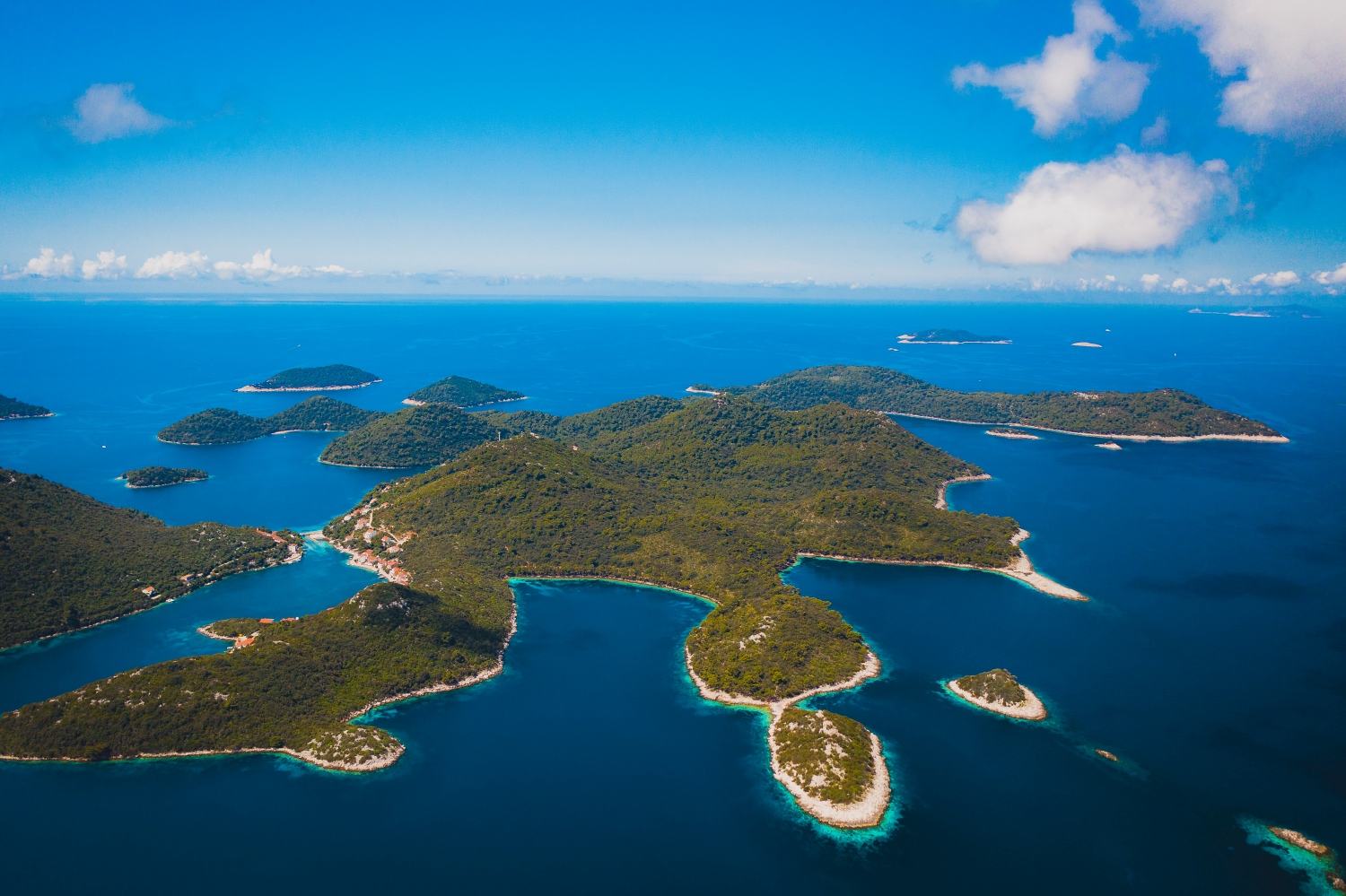
The perfect place for island hopping
Island hopping is one of the best ways to make the most of the many attractions of the area. One ideal arrangement for an active holiday would be to cycle the biking routes on Korčula island, walk the panoramic Pelješac hiking routes and trek the Mljet National Park hiking trails on Croatia's greenest island. Mljet has lush Mediterranean vegetation, the crystal clear Adriatic, a gentle, sandy shoreline and a wealth of underwater sea life.
If you're basing yourself in Dubrovnik, there are many day trips and other excursions available to explore these islands and the wider region. Smaller, but no less worth visiting islands also include Lokrum, Lopud, Koločep and more. Each island brings something unique to visitors, whether it be fascinating historic sites, amazing spots for kayaking or beautiful beaches, so hopping from island to island gives you an unbeatable, well-rounded feel for the region.
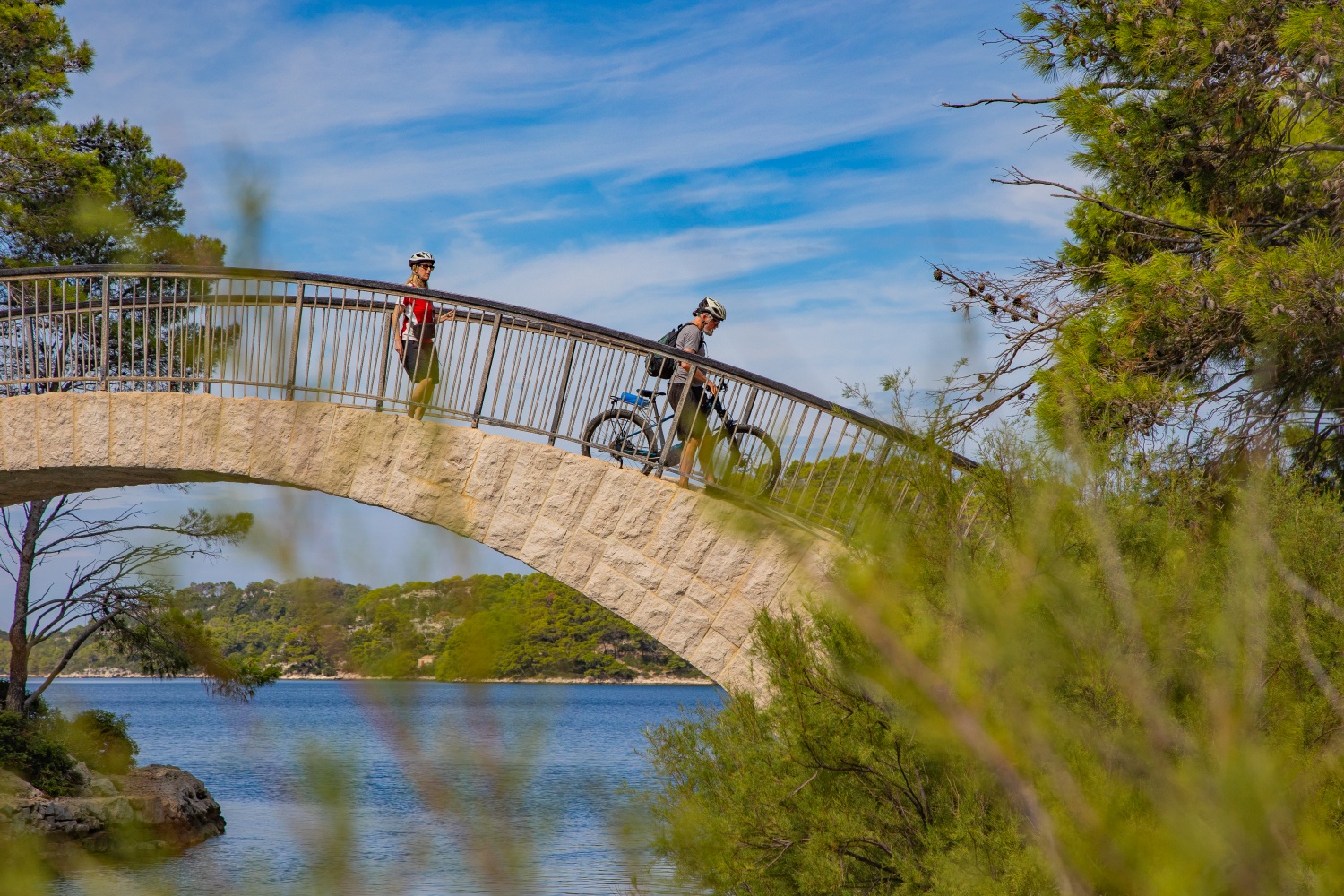
Varied cycle routes
Around the area of Konavale there are several cycling trails, as well as others in the area of Pelješac, Korčula and Mljet. The Pelješac peninsula has five mountain bike circular trails, covering 184km, that take you to hidden coves, beautiful beaches, taverns, olive groves and vineyards. From the field trails ideal for mountain bikes to the asphalted roads for family sightseeing, cycling on Mljet offers a huge variety of cycle routes, while on Lastovo, you'll find asphalt roads with light traffic, forest trails and walkways leading through a picturesque landscape.
For those who love a challenge there is the Ćiro - a scenic bike route opened in 2017 that runs through the Dinaric Alps between Mostar in Bosnia-Herzegovina and Dubrovnik in Croatia. The cycle track follows the old Austro-Hungarian railway line built in the 1900s and closed in the 1970s.
While on Korčula, you can opt for the Great Island Bike Challenge - a 131km circular cycle route which explores the island's interesting towns and villages and visits beaches and lookout points that are often hidden, but surprisingly easily accessible.
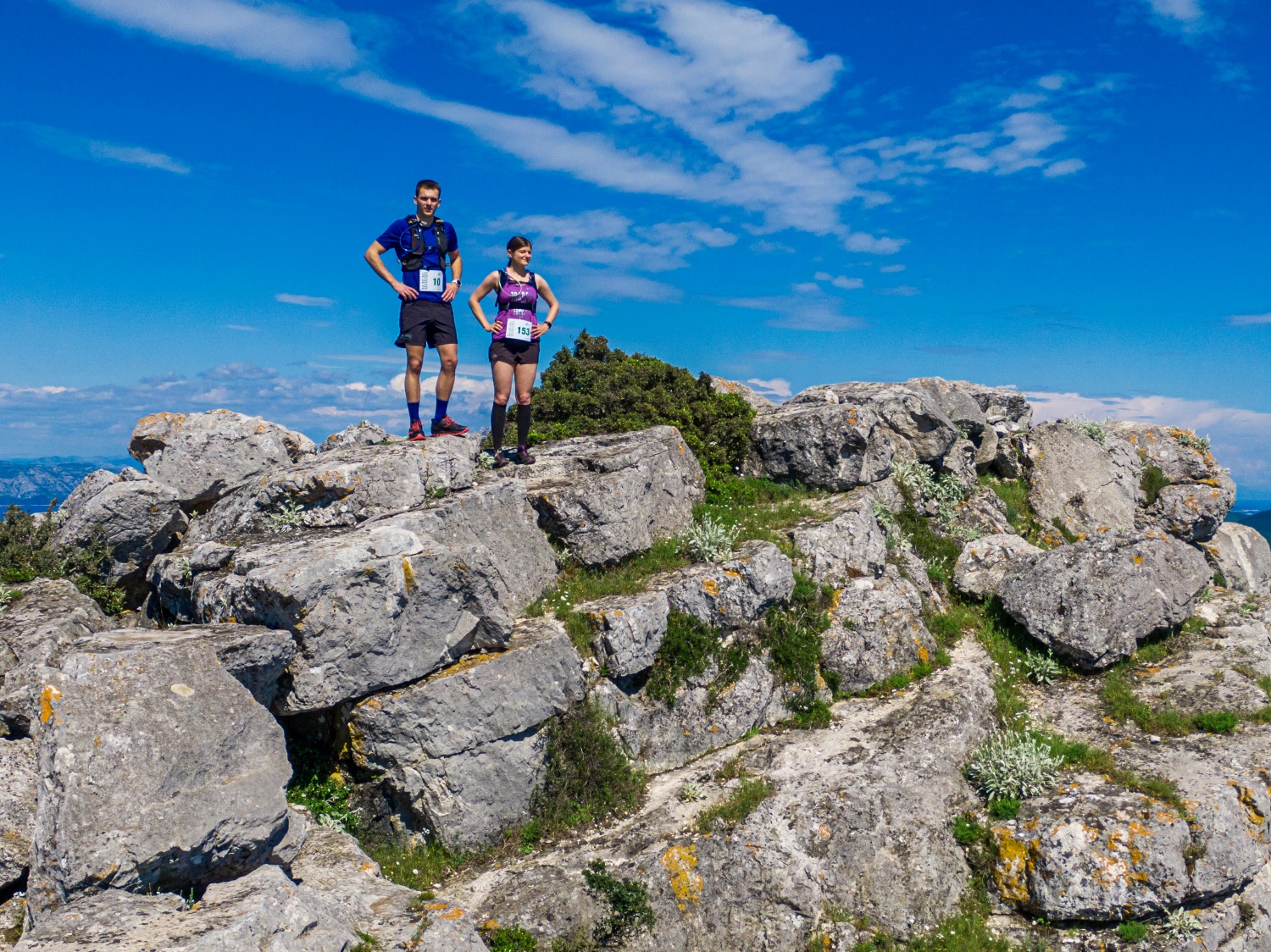
Amazing hiking routes
The easiest and best way to get to know the region is to walk the many hiking routes that criss-cross the landscape. Start in Dubrovnik: this red-roofed walled city of Dubrovnik has enchanted visitors for centuries, and a walking tour of the old town is a must-do of any stay.
On Korčula there are several hiking trails to help you explore the varied landscape - from terraced olive gardens to fertile fields of white grape varieties of pošip and grk, from pristine waters in the secluded bays to charming island places of Lumbarda, Smokvica, Blato and Vela Luka as well as the medieval old town of Korčula - the birthplace of explorer Marco Polo - and one of the best-preserved medieval Mediterranean towns.
The Pelješac peninsula also has numerous hiking trails. Four of them lead to the highest peak of St Elijah 961m above Orebić. The view from the top is truly spectacular, with the islands of Korčula, Brač, Hvar, Vis, Mljet laid out before you. On clear days, you can even see the outlines of Italy.
The challenging Mljet hiking trail (MPO) is 43 km long and can take as long as 3-4 days (23 hours) to complete. Mountain lovers will enjoy the magical views of Mljet's Velebit, the Pelješac peninsula, sunrises from Snježnica near Dubrovnik, and sunsets into the sea behind the mysterious island of Lastovo, which itself has many shorter trails to explore.
You can also hike as well as ride sections of the Ćiro (see Varied Cycle Routes).
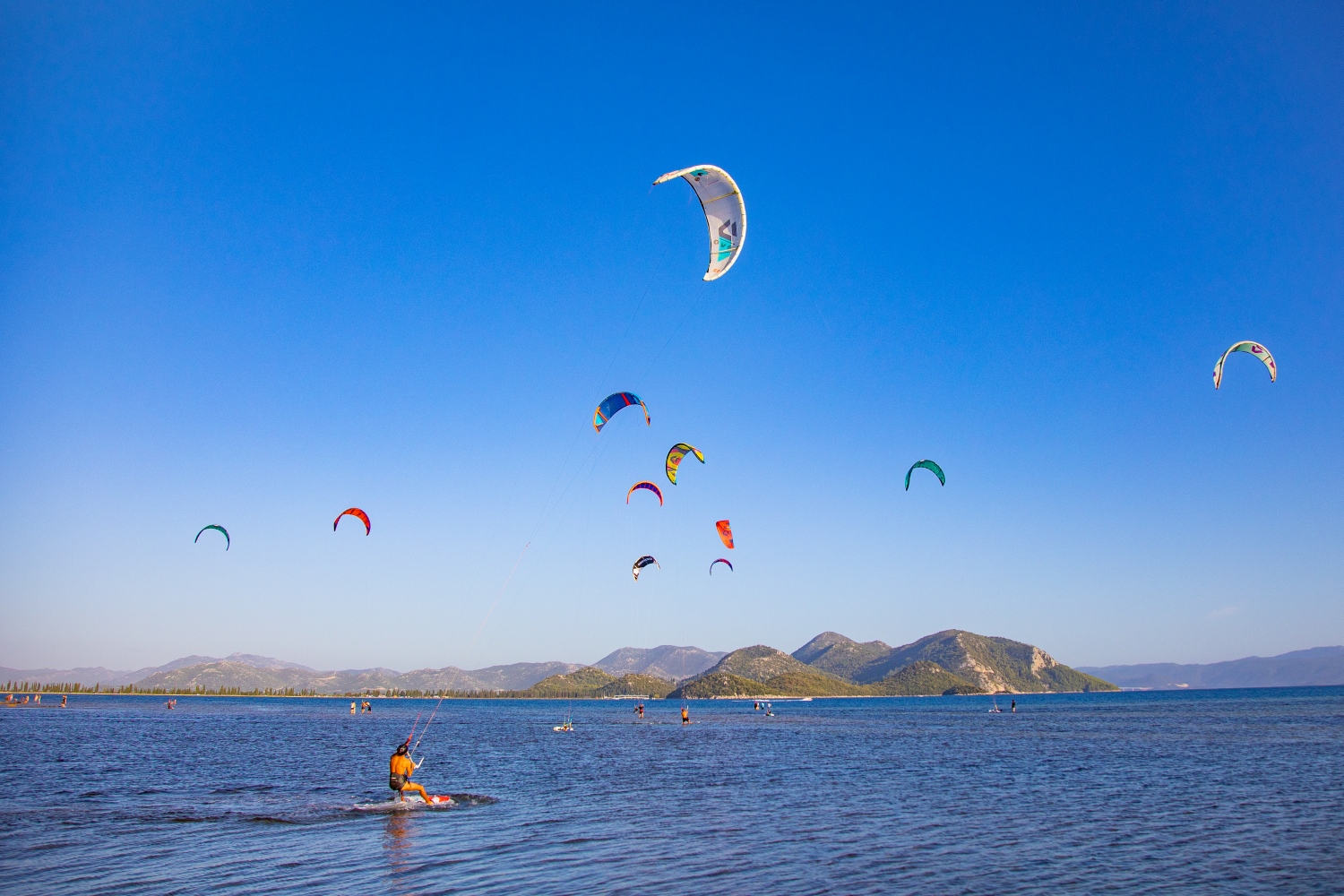
Outstanding watersports
There are many options for enjoying watersports along the Croatian coastline and among the islands, from water skiing and wind surfing, to sailing, sea kayaking, diving and underwater fishing.
Try paddling on a guided kayak tour through the lakes of Mljet, where you'll fall in love with the unique combination of natural bays, sandy beaches, crystal clear sea and blue caves - not to mention the local cuisine.
For divers, Dubrovnik and Neretva County offers spectacular dives through caves, and wonders such as the 'museum on the sea floor' near Cavtat, which is the largest amphora site in the Adriatic. Windsurfers will relish the chance to test their skills in the Mistral winds blowing through the Pelješac channel: here you'll find attractive beaches, hotels and private apartments to rent, and superb windsurfing schools. Ponta Liberan in Viganj is the most popular beach, attracting surfers and kiters from all over the world.
For sailors the Croatian coastline is paradise. It's a highly indented coast with numerous islands and islets which allows for safe sailing, even when the weather conditions are not quite ideal. The archipelago of Mljet and the Elafiti islands, offer secure anchorages, and stunning scenery. You can charter boats at Dubrovnik or Split, for a one-week or two-week sailing route in the Adriatic.
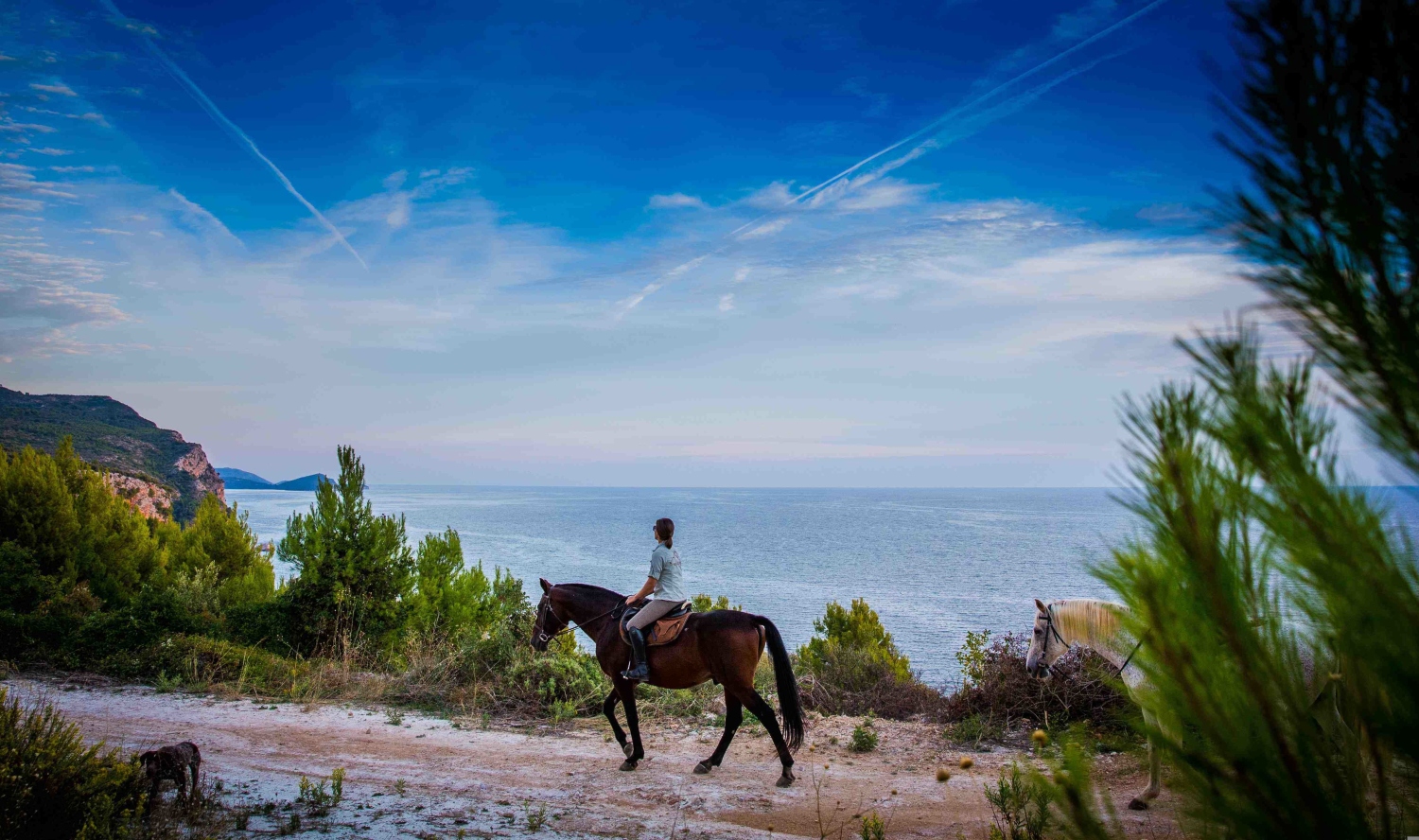
Horse-riding with a difference
We would normally single out horse riding for a special mention but here they do things a little differently, with a riding experience that is exciting, beautiful, mystical, and fun - an unforgettable excursion swimming with horses. Forging an unbreakable bond with these graceful giants, while gliding through the crystalline waters of the Adriatic Sea - it sounds wildly thrilling, and it is!
In Konavale, and on Korčula you can take on this incredible opportunity. On Korčula you'll ride and swim with horses along the island's mesmerizing coastline. Guided by experienced trainers, you'll explore hidden bays and winding paths, forging a unique bond with your horse and the stunning surroundings.
Along the Sea Path in Konavale, guests from first-time adventurers to seasoned riders can experience the unique thrill of swimming with horses and riding in a river. During a guided ride, you and your horse take a refreshing dip in the water. Feel the exhilaration as your horse confidently navigates the river, forging a deeper connection with nature and your noble companion. This blend of excitement and tranquility will leave you with unforgettable memories.
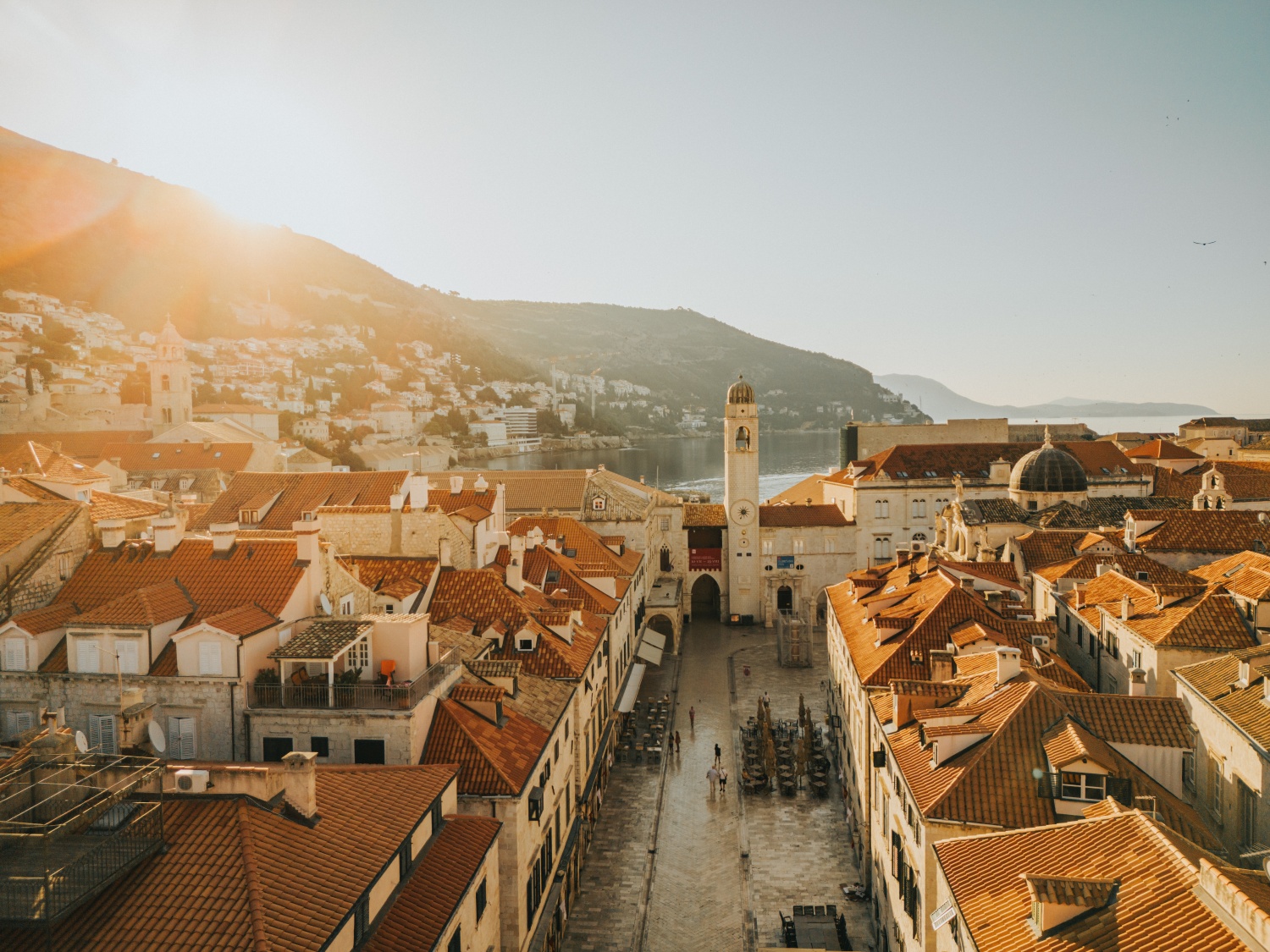
The bustling city of Dubrovnik
And so to the jewel in this region's crown - Dubrovnik itself. There are many beautiful places in the world, but, of course, the people of Dubrovnik claim their city to be the most beautiful. UNESCO-listed it is a remarkable city with history oozing from every brick and stone.
A walking tour of the city is a must - and of the countless variations on offer, a Games of Thrones-themed tour is the most popular. Perfect for fans of the hit TV series, a GoT itinerary takes in many of the city’s most important and scenic filming locations.
The main historical part of Dubrovnik is compact which makes it easy to walk around. The narrow streets are filled with restaurants and small shops, perfect for pit stops on a leisurely stroll around the sights. However, if you visit only one thing when sightseeing here, make it the city walls! Originally constructed in the 10th century, although fortified considerably in 1453, they are 3 metres thick along the sea wall, and 6 metres thick inland. A stroll along the Stradun, the main thoroughfare, and a visit to Onofrio's Fountain should also be on your list, along with the Pile Gate, and other historic sites, as well as an excursion out to Lokrum Island, a green oasis just opposite the city.
For a bird's eye view of the area, you can even take a sunset zipline ride high above the city. Truly unique.

Rich history and fascinating culture
The cultural wealth in the Dubrovnik-Neretva County is immense. Of architectural heritage alone, there are some 168 protected historical cities and settlements. Dubrovnik as a whole was listed on the UNESCO World Heritage list in 1978. Furthermore, there are 1,436 protected historical buildings, churches, monasteries and other sacred buildings and complexes, old fortifications and city walls, necropolis, archaeological finds, old bridges and summer residences.
Its cuisine, too, should be just a highly regarded! Your culinary exploration of Dubrovnik and Neretva County can begin in the numerous restaurants and taverns in the Neretva Valley, where you will find eel and frog stew, delicious game dishes and the special wild duck (liska). Head on to Ston, where you will find fresh oysters, mussels and freshly prepared fish.
Continue on to Korčula, where you can enjoy the typical dishes of this beautiful island served in the numerous taverns and restaurants. On the islands of Mljet, Šipan, Lopud and Koločep, enjoy dishes made from dried fish or seafood, while the restaurants of Župa Dubrovnik and Konavle offer prosciutto, cheese in oil, zelena menestra (meat and cabbage stew) and other delicacies.
The Neretva Valley, with its river delta is one of the last-remaining and most visited swamp areas of the Mediterranean and represents true Croatian cultural heritage. The jewel in the valley's crown is the river Kuti with its rich plant and animal life. Board a lađa, the traditional vessel of Neretva and enjoy a guided tour through mysterious channels overgrown with reeds.
For more information about visiting this fantastic area, go to visitdubrovnik.hr

